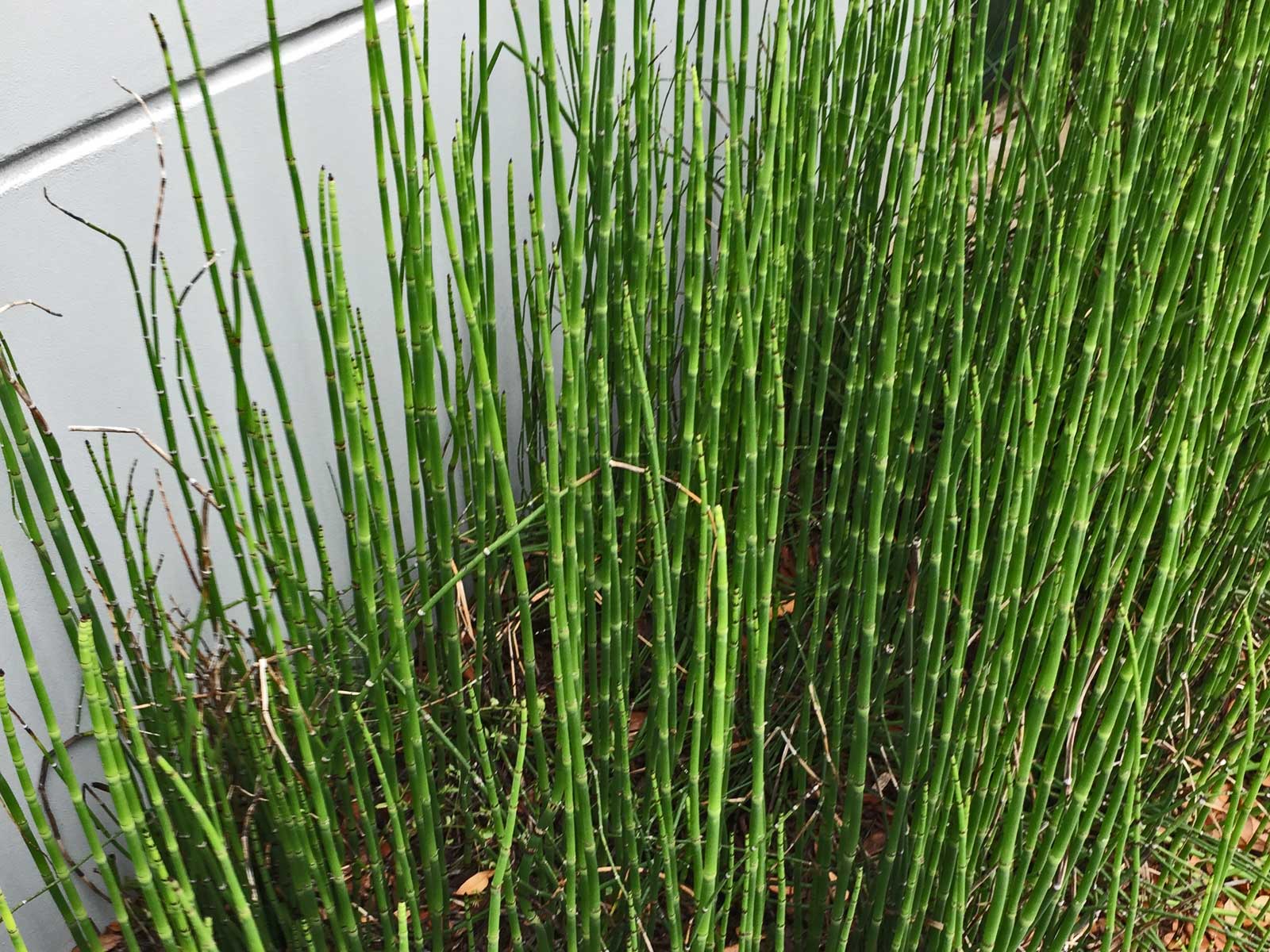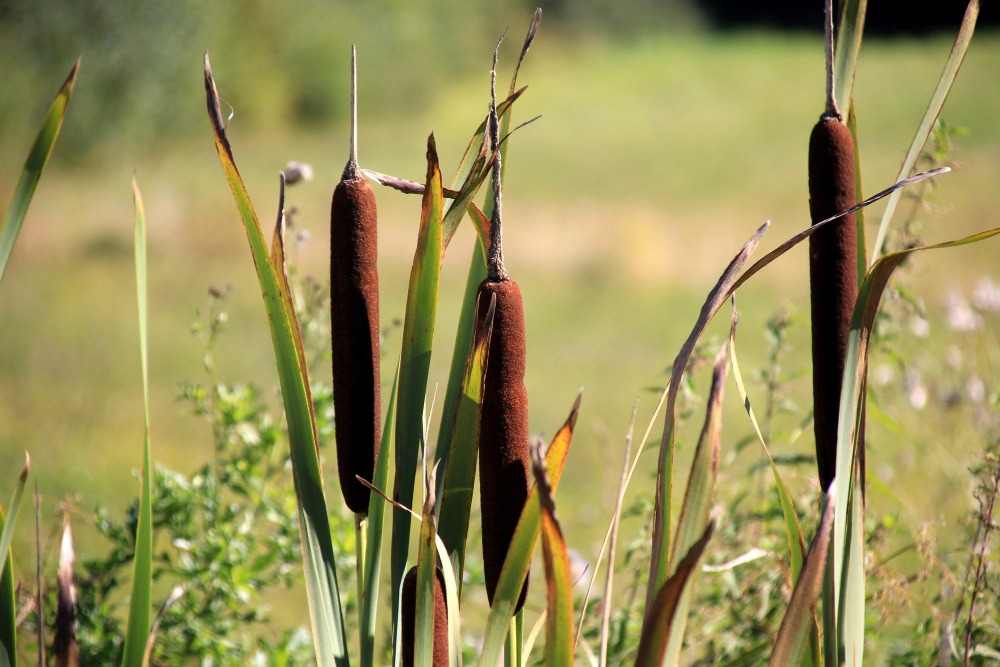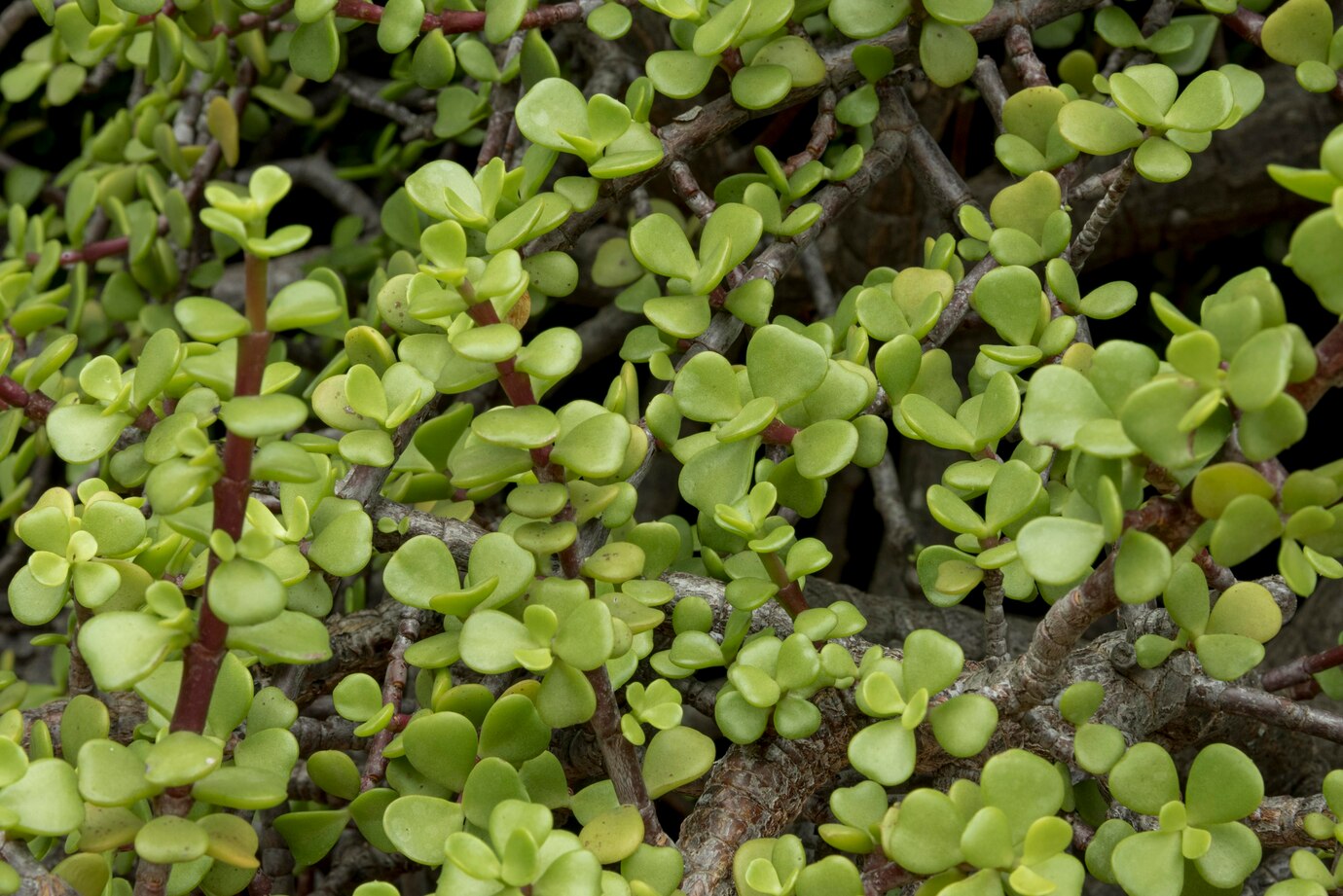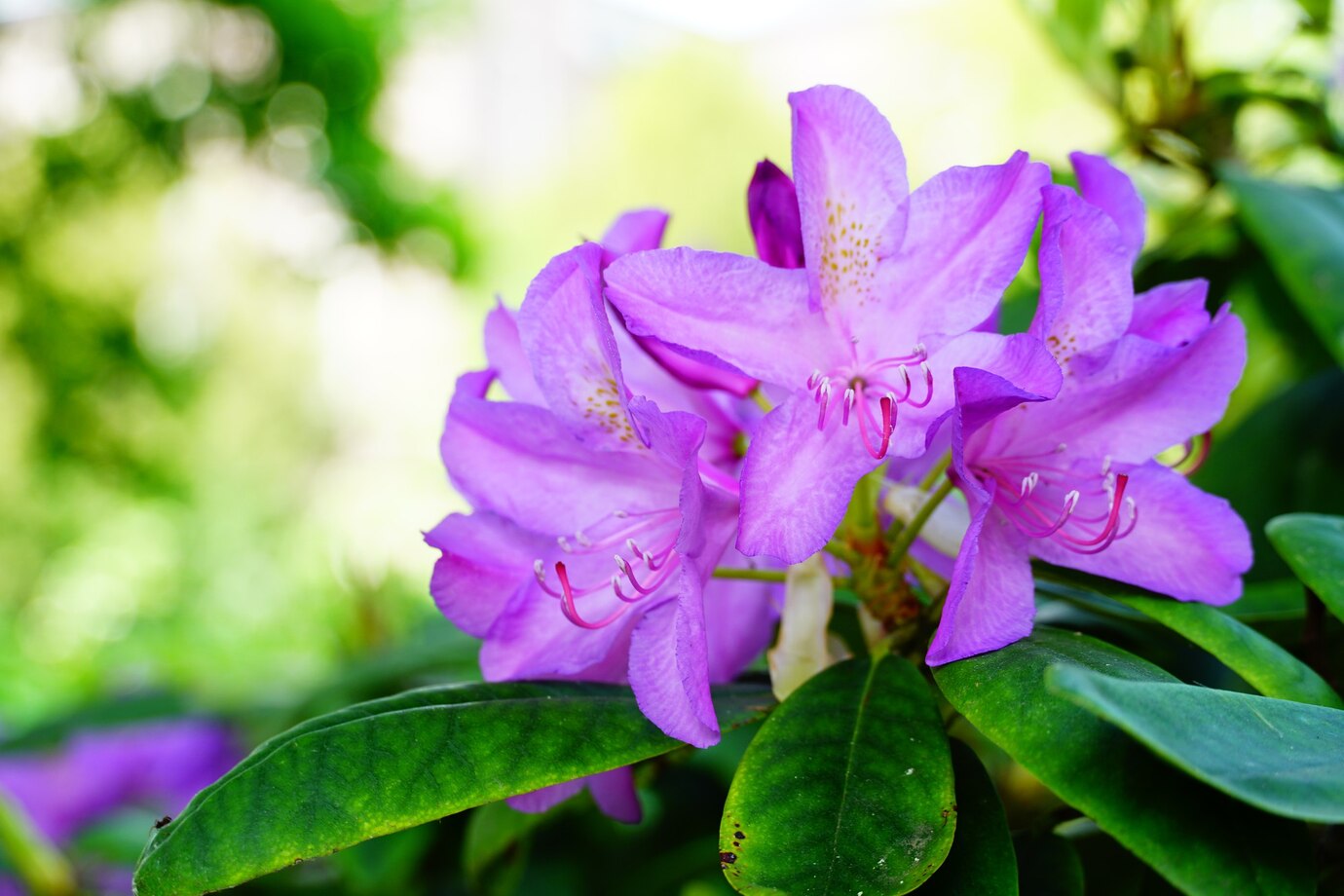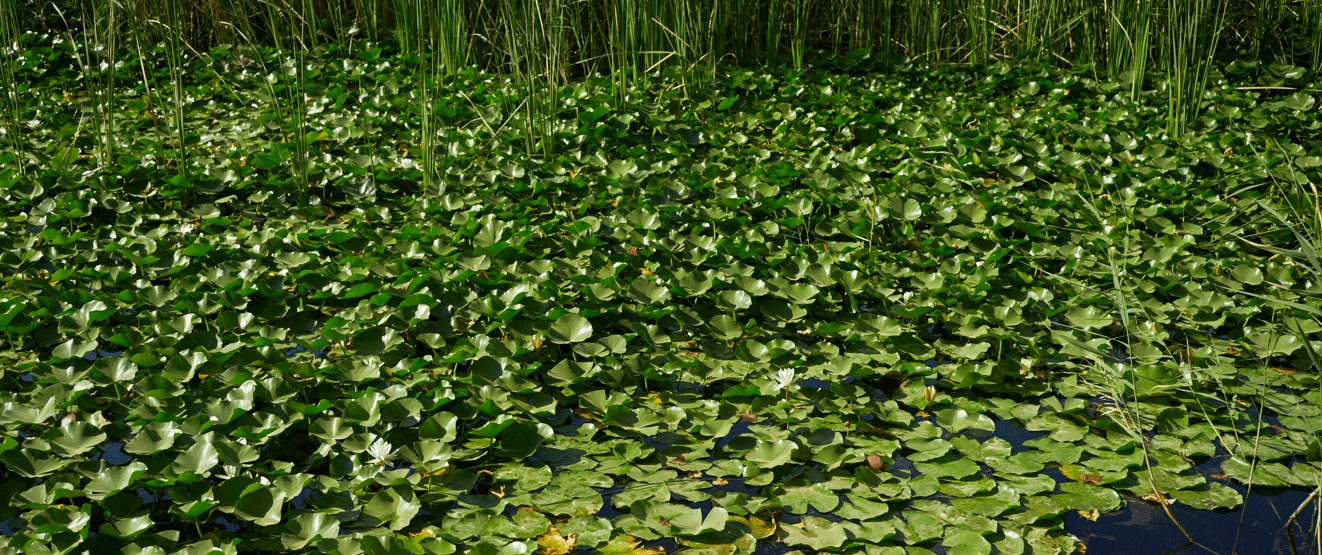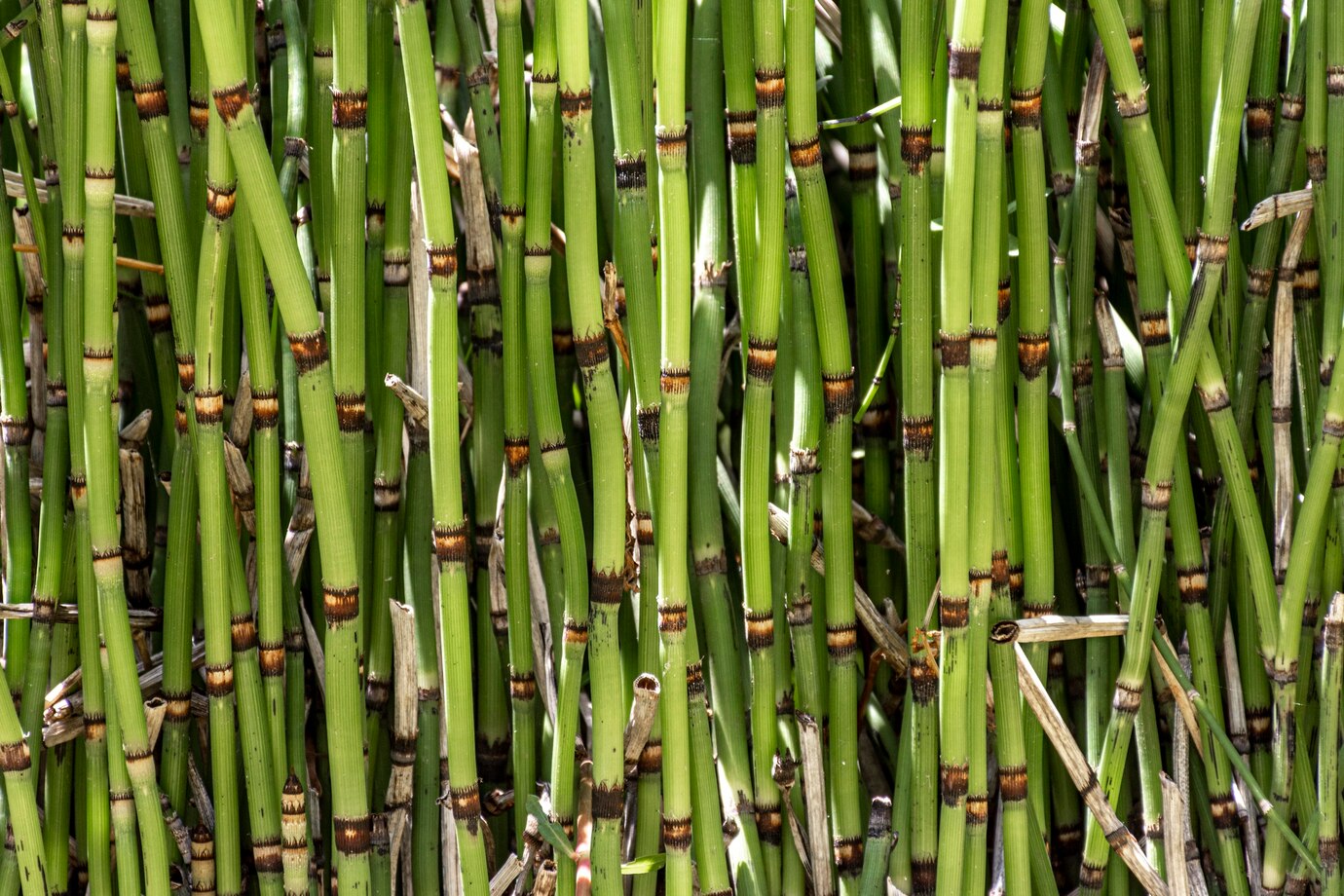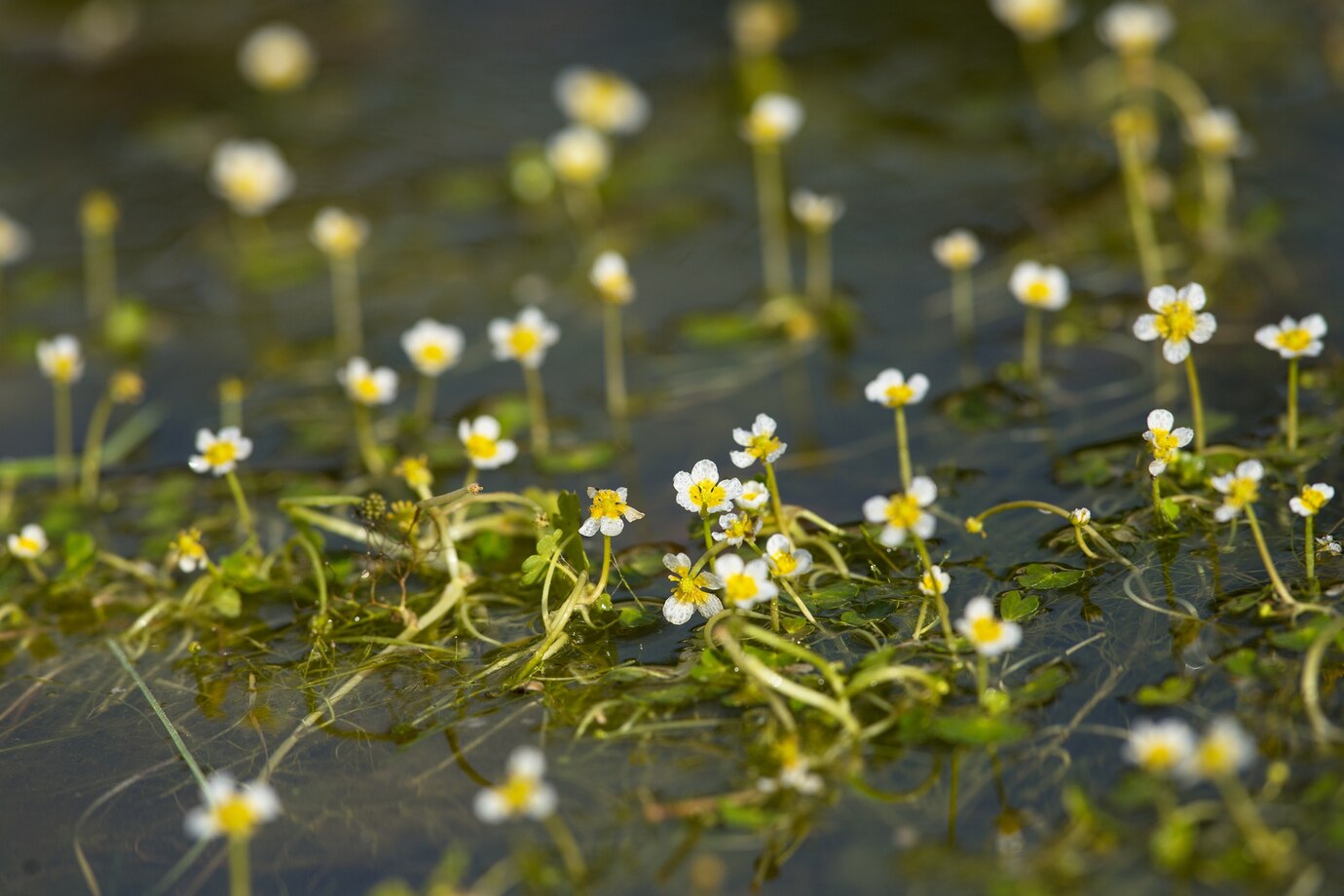Horsetail is a perennial plant native to temperate regions known for its invasive nature. It produces two types of shoots: fertile and vegetative. It emerges in early spring Emerging in early spring, loves wet environments, and often spreads rapidly. Despite its aggressive growth, is also considered a wild edible with many Horsetail Reed Benefits And Uses and has been traditionally used for various purposes.
Table of Contents
ToggleTypes of Horsetail Reed
While Equisetum hyemale doesn’t have direct cultivars, several related species also fall under the horsetail family. Here are some of the most notable ones:
Field Horsetail (Equisetum arvense)—Often classified as a weed, this species is just as aggressive as E.hyemale but lacks ornamental appeal. It usually grows up to 20 inches tall, but in dry conditions, it doesn’t grow more than 8 inches. Once established, it spreads rapidly, even in drought-prone areas.
Giant Horsetail (E. giganteum)—Native to Central and South America, this towering species thrives in warm climates. It grows over 10 feet tall and does well in both full sun and partial shade.
Variegated Horsetail (E. variegatum)—Found mainly in the wetlands of northern North America, this hardy, compact species stands out from other species because of its unique black-and-white sheaths on its green stems.
Horsetail Reed Care
Horsetail is a hardy, fast-spreading plant that thrives in challenging environments. Here are the main horsetail reed care requirements:
- Plant horsetail in open areas where other plants struggle, as it will quickly fill empty spaces.
- To prevent it from spreading uncontrollably, install plastic barriers in the soil or grow it in a deep pot buried in the ground.
- Horsetail thrives in wet conditions and can even grow in standing water.
- If planted in drier soil, water it daily. While horsetail can tolerate short periods of drought, it prefers consistently moist conditions.
Light
Horsetail adapts well to different light conditions. It can survive both in full sun and partial shade. However, it grows best in filtered shade, similar to the dappled light on a forest floor beneath tall trees.
Soil
Horsetail thrives in poor, sandy, gravelly soil that stays consistently wet. It adapts well to challenging conditions where other plants struggle. If growing horsetail in a container, mix gravel or sand with regular potting soil to mimic its preferred texture and improve drainage.
Water
Horsetail prefers consistently moist to wet soil and can grow up to 4 inches deep in standing water. It’s ideal for rain gardens, ponds, and flood-prone areas. To keep it healthy, water frequently, especially in warm climates where daily watering may be necessary.
Temperature and Humidity
Horsetail prefers high humidity for several hours a day and can tolerate a wide range of temperatures. It’s hardy and resilient through most seasons. While it doesn’t require special winter care, its bright green stems may fade in extremely cold conditions but will return in spring.
Fertilizer
Horsetail thrives in poor, sandy, or gravelly soil and doesn’t require fertilization. In fact, rich or fertile soil can hinder its growth, so there’s no need to add fertilizers.
Pests and Diseases
Due to its silica content, horsetail is naturally pest-resistant. This not only protects the plant itself but also makes it a valuable natural fungicide. Many gardeners steep horsetail in boiling water to create a spray that helps prevent fungal infections on other plants.
How To Prune Horsetail
While horsetail isn’t traditionally pruned, the main challenge is keeping this plant under control where it is not wanted. Horsetail can extend its roots under garde walls, sidewalks, and driveways, so you should carefully eliminate it by digging up and removing all root pieces. However, note that this doesn’t always work.
You can gradually eliminate horsetail by regularly cutting its reed-like stems back to ground level as they emerge. It’s a hopeful and practical approach! It can take several months before the plant surrenders and dies completely. Alternatively, you can use a systemic herbicide that contains triclopyr to kill horsetail. However, multiple applications may be required before you completely eradicate the plant.
How To Propagate Horsetail
Most homeowners focus on controlling horsetail rather than propagating it, as this plant spreads aggressively. However, propagation is simple if you want to share or relocate it. Just cut and replant sections of its rhizomatous root clumps. The best time to do this is in spring.
Common Problems With Horsetail
Horsetail is a tough, fast-growing, invasive plant, often spreading through rhizomes and spores. If left unchecked, it can invade lawns, disrupt hardscapes, and crowd out other plants. To manage its growth:
Plant horsetail in a container without drainage holes, either above or below ground, to prevent rhizomes from spreading.
Horsetail produces cone-shaped fruits that release spores, accelerating their spread. To prevent further growth, snip off the stems before they ripen and dispose of them in a sealed bag.

